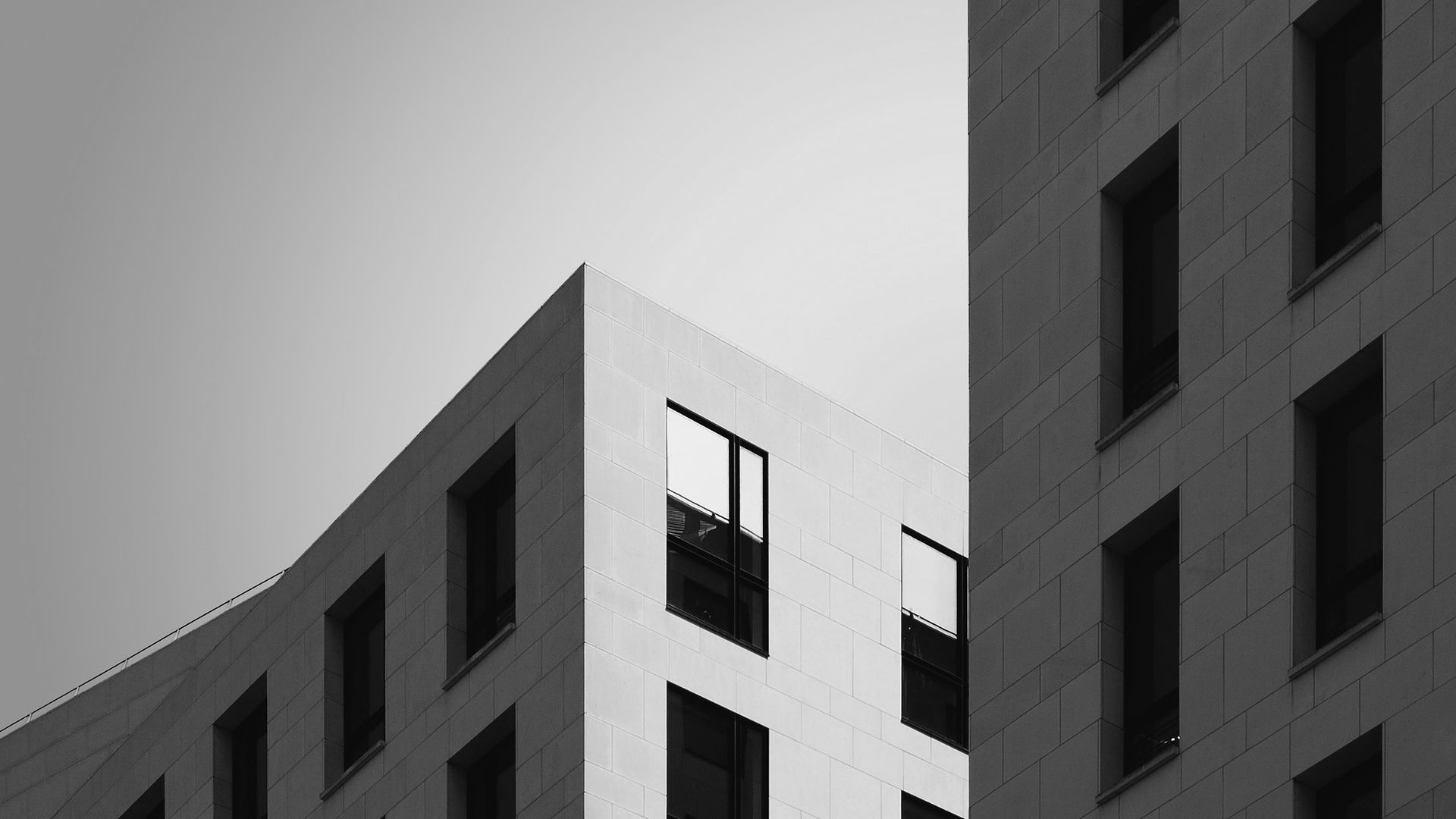The Innovation District – Almada, the New Sustainable City
- reccatolica
- May 2, 2021
- 4 min read
Updated: May 3, 2021
The importance of sustainability has shown to grow across the years, and that is also showing in the Real Estate world. The need for Smart Cities is increasing with more projects being developed by the day to turn cities more intelligent and “user-friendly”. Smart cities privilege quality of life, competitiveness and sustainability.
Today we bring you the new project that is being developed in Almada, Setúbal district, a new sustainable city with a focus in the NOVA University campus – Innovation District.
The Innovation District is a project that NOVA University is currently developing jointly with different proprietary and investors, targeting the goal to build a greener technological city to internationalize Lisbon, making it a technological hub in the world.
Sustainability in Real Estate
Sustainability in Real Estate is a topic that has been raising interest. Construction and operation of buildings are responsible for 40% of emissions of Greenhouse gas across the world. In times where there is an increasing concern with the environment, governments, investors, and companies have been making efforts to decrease their carbon footprint.
Besides this, Europe is also engaging in the “green-friendly” trend, which means more legislation for the European Union. Regulatory pressure is starting to increase in European countries across the sector – in Germany, for example, all commercial properties are under strict regulations which targets buildings’ consumption. Governments worldwide are also creating tax incentives programs to increase energy conservation, recycling and reducing natural resources; this way, companies can save money and be more sustainably responsible.
Despite the interest of governments, consumers everywhere are becoming more responsible, therefore are also looking for more environmentally friendly houses. So, sustainable construction and energy-efficient structures are becoming requirements for both investors and consumers. Consumers are increasingly fonder of features like rooftop solar panels, LED lighting, improved insulation and smart-home technology, and these preferences in consumer choice are expected to be even higher in the future. This way, a new concept – zero energy buildings (ZEBs) or nearly zero energy buildings (nZEBs) are also calling out for attention in Real Estate.
This typology of buildings is characterized by energetic consumption systems with an energy and resources production system that generates an energetic balance of zero or very close to zero. Essentially, this type of constructions can produce enough energy to sustain its own consumption or at least be very close to doing it. Besides the energy focus, there is also a significant concern with reducing the impact of CO2 and the recycling system of the building while maintaining the comfort for the users at the lowest cost possible.
Smart cities
ZEBs will most likely be a critical segment of smart cities, but for now, governments still have some concerns in approving this type of projects since there is still much work to do before they become a reality. Moreover, a smart city is much more than a group of ZEBs and technology; they have three main differentiators from regular cities: focus on the quality of life, sustainability and economic competitiveness.
Quality of Life
A smart city strives to create a positive environment in every aspect of living in a city for its citizens. It is much more than just creating green spaces; it involves the process of creating a place where people feel safe, can quickly have access to art and culture and diminishes the hassles of city life, therefore creating the holy grail of places to live.
Innovation District is an excellent example of a project that is developing a smart and sustainable city, with this project, besides creating 1000 housing focus, it is also aiming to create a unique route that connects, in only 15 minutes, all the principal attractions in the region.
Economic Competitiveness
Additionally, smart cities must continue to be a significant trade and commerce center to develop innovative and relevant economies. Smart cities are business-friendly places that balance jobs and tax revenues, consequently creating a strong and sustainable economy.
Through the reservation of 25 000 squared meters to the creation of infrastructures for new economic activities, Innovation District’s promotors believe that they will be able to create 17 000 new jobs and attract national and international companies. This way, there is a great probability of surging innovation and science clusters that will empower the city economy.
Sustainability
A very important quality of a smart city is that it must guarantee the quality of life and economic growth not only in the short term but also for future generations. Besides having a significant focus on environmental causes and the consumption of natural resources, social causes are also a big part of smart city vision. Again, Innovation District is determined to achieve this goal by creating 110 hectares of green zones and developing a new energetic community that generates its own carbon-neutral energy. Besides that, it will create 1000 housing focus to attract young generations and increase its position as a great alternative to Lisbon.
Conclusion
Even though Innovation District is a “young” and recent project, it shows great potential to empower Almada and start the process of transforming it into a smart city. Even though this will be a long project with the probable setbacks associated with an undertaking of this nature and size, it will most certainly generate essential synergies for the rest of the country, being one of the pioneer projects creating smart cities in Portugal.





Comments